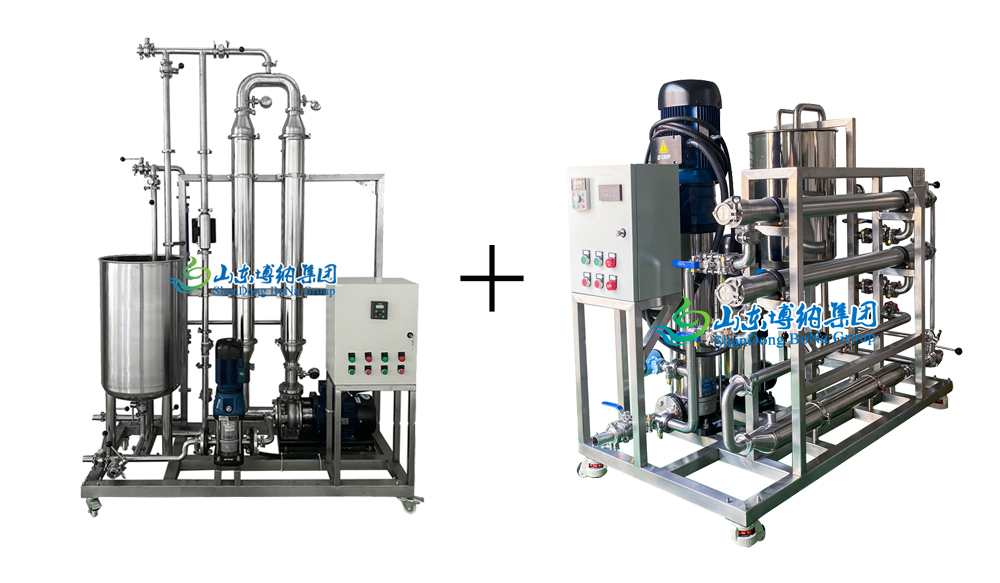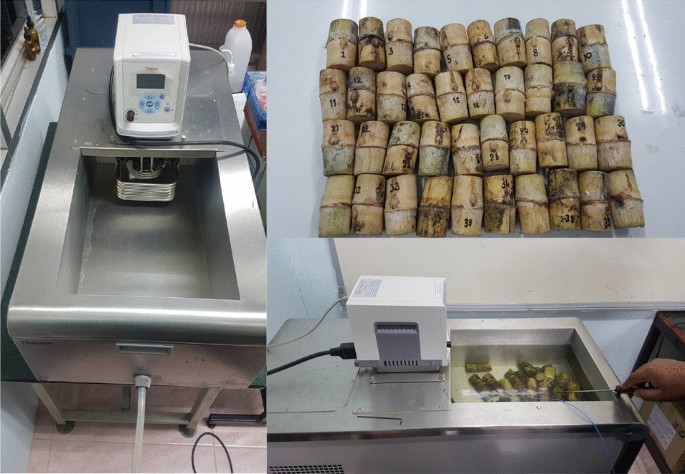What Governments Are Doing to Promote Products From Sugarcane
What Governments Are Doing to Promote Products From Sugarcane
Blog Article
Discover the Cutting-edge Benefits of Products From Sugarcane for Sustainable Living
Sugarcane has actually become a critical source in the pursuit for sustainable living. Its varied applications cover eco-friendly product packaging, renewable resource, and much healthier food alternatives. As markets seek eco-friendly alternatives, sugarcane's convenience uses promising options. However, the true possibility of sugarcane prolongs beyond its current uses. Exploring its cutting-edge advantages might expose brand-new paths toward a more lasting future. What various other opportunities might this amazing plant hold?

The Surge of Sugarcane as a Lasting Source
As worldwide awareness of environmental concerns grows, sugarcane has actually emerged as a prominent lasting resource. This functional crop uses a range of advantages that contribute to eco-friendly practices. Sugarcane is a renewable energy, with the ability of growing in diverse environments while soaking up co2, therefore alleviating greenhouse gas discharges. Its rapid development cycle allows for frequent harvesting, leading to a continual supply of raw material.Additionally, sugarcane cultivation typically calls for much less water contrasted to various other plants, making it a reliable choice in water-scarce areas. The spin-offs of sugarcane, such as bagasse and molasses, can be repurposed for various applications, minimizing waste and advertising round economic climate concepts. Advancements in agricultural methods have actually led to even more lasting farming approaches, better enhancing sugarcane's environmental account. As consumers significantly look for lasting alternatives, sugarcane attracts attention as a feasible choice for those dedicated to minimizing their environmental impact.
Eco-friendly Product Packaging Solutions
Exactly how can naturally degradable packaging options transform the way customers come close to sustainability? By using sugarcane-based materials, these cutting-edge services provide an engaging option to traditional plastics. Naturally degradable product packaging made from sugarcane decomposes normally, markedly decreasing garbage dump waste and greenhouse gas exhausts. As customers become significantly familiar with their ecological influence, the need for sustainable product packaging proceeds to rise.These sugarcane-derived products not just serve practical objectives however likewise align with eco-conscious customer values. They offer a tangible method for individuals and services to add to a circular economic situation, advertising source efficiency and minimizing ecological footprints. Additionally, as markets embrace naturally degradable options, they cultivate a culture of sustainability that resonates with a growing market seeking liable choices.In significance, naturally degradable packaging options from sugarcane stand for a vital progression in lasting techniques, empowering customers to make eco-friendly decisions without sacrificing convenience or high quality.
Renewable Power Generation From Sugarcane
A significant part of eco-friendly energy generation can be stemmed from sugarcane, showcasing its convenience beyond traditional farming uses. Sugarcane biomass, including bagasse and leaves, is a potent source for bioenergy manufacturing. This biomass can be converted right into biofuels such as ethanol, which acts as a cleaner choice to nonrenewable fuel sources. Furthermore, the burning of sugarcane byproducts generates heavy steam and power, giving an energy resource for sugar mills and neighboring communities.The growing of sugarcane likewise adds to carbon sequestration, as the plants take in co2 throughout their development cycle. By utilizing sugarcane for power, waste is decreased, and sustainable methods are urged. This eco-friendly energy technique not just sustains power needs yet also advertises country growth, developing work in bioenergy sectors. On the whole, sugarcane stands out as a principal in the change to lasting energy services, lining up with international initiatives to reduce carbon impacts.

Eco-Friendly Textiles and Fabrics
Eco-friendly fabrics and materials derived from sugarcane offer an appealing option to standard materials. These biodegradable alternatives not only reduce environmental effect yet likewise offer longevity and performance equivalent to traditional textiles. Sustainable production processes further enhance their allure, making them an indispensable part of a lasting lifestyle.
Biodegradable Fabric Alternatives
Why is the change towards naturally degradable fabric alternatives essential for lasting living? The increasing recognition of environmental degradation has actually prompted a search for options to traditional textiles, which typically contribute to air pollution and waste. Biodegradable materials, stemmed from eco-friendly sources such as sugarcane, provide an appealing remedy. These materials disintegrate normally, lowering landfill accumulation and decreasing ecological impact. Additionally, they can assist reduced carbon footprints and reliance on nonrenewable fuel sources. As customers come to be more eco-conscious, the demand for sustainable fabrics expands, motivating suppliers to spend and introduce in naturally degradable alternatives. This adjustment not just sustains sustainable methods yet additionally cultivates a round economic situation, paving the means for an extra liable strategy to fashion and textile manufacturing.
Resilience and Performance
Toughness and efficiency are important aspects when examining eco-friendly textiles and fabrics. Sugarcane-derived products show outstanding strength and durability, making them appropriate for various applications. These textiles often show superior moisture-wicking buildings, which improve comfort in day-to-day wear. Furthermore, their natural fibers add to breathability, ensuring that garments stay wearable and fresh even popular conditions. The efficiency of sugarcane-based fabrics prolongs to their resistance to tear and use, permitting products to preserve their stability with time. These environment-friendly fabrics can be treated to improve UV protection and tarnish resistance, meeting the functional needs of consumers without endangering sustainability. Ultimately, sugarcane materials supply a harmonious equilibrium of durability and efficiency, appealing to environmentally conscious individuals.
Lasting Production Procedures
The outstanding durability and performance of sugarcane-derived fabrics are matched by lasting manufacturing procedures that prioritize environmental obligation. These processes utilize sustainable resources, decreasing reliance on fossil fuels and lowering carbon impacts. By taking advantage of the spin-offs of sugarcane cultivation, producers can produce green fabrics while advertising waste reduction. Advanced techniques, such as water-efficient dyeing and biodegradable treatments, further improve the sustainability of these fabrics. Furthermore, using non-toxic chemicals assurances that the manufacturing process does not harm ecological communities or human health. This commitment to sustainability not only interest eco aware consumers but also supports regional economies by promoting lasting agricultural practices. In general, sugarcane-derived textiles stand for a considerable step in the direction of a greener future in the style market.
Sugarcane-Based Biofuels and Their Impact

Sugarcane-based biofuels have actually arised as a significant different energy source, supplying a sustainable option to the world's growing energy needs. These biofuels, originated from the fermentation of sugarcane juice or molasses, offer a more lasting alternative compared to fossil fuels. Their manufacturing process generates reduced greenhouse gas view it now exhausts, adding to climate change reduction efforts.Additionally, sugarcane biofuels can boost energy security by branching out power sources and lowering dependancy on imported oil. The farming of sugarcane also promotes country development, developing tasks and stimulating neighborhood economies.However, worries concerning land usage and food competition continue, as raised biofuel production may influence food supply chains. Sustainable farming practices are important to stabilizing these contending passions and guaranteeing that biofuel production does not undermine food safety and security. In general, sugarcane-based biofuels represent a promising opportunity for a greener energy future, supplied that their ecological and social ramifications are meticulously managed.
Healthier Alternatives: Sugarcane in Food Products
While numerous consumers seek much healthier alternatives in their diet regimens, sugarcane items supply a healthy option to fine-tuned sugars and sweetening agents. Stemmed from the natural removal of sugarcane juice, these products keep essential nutrients, including vitamins and minerals, that are commonly lost in processed sugars. Sugarcane contains anti-oxidants and nutritional fiber, contributing to overall health and wellness and wellness.Many health-conscious individuals are transforming to sugarcane syrup and jaggery, which offer a reduced glycemic index compared to conventional sugars, making them suitable for those handling blood glucose levels. Furthermore, sugarcane-derived sugar can enhance the flavor of different meals without the negative results associated with man-made additives.This shift in the direction of all-natural sweetening agents not only promotes far better dietary choices but additionally straightens with lasting living techniques, as sugarcane is a sustainable resource. Sugarcane items are emerging as beneficial choices in the domain name of food products.
The Future of Sugarcane in Lasting Technologies
The future of sugarcane is poised to incorporate cutting-edge applications that expand beyond typical uses. Its potential as a source for biodegradable packaging remedies and renewable resource resources highlights its role in sustainable methods. Discovering these innovations might significantly impact ecological conservation and resource administration.
Naturally Degradable Product Packaging Solutions
An enhancing variety of firms are transforming to naturally degradable packaging solutions stemmed from sugarcane as an encouraging choice to traditional plastics. These ingenious products, frequently made from sugarcane fibers and bioplastics, decay naturally, lowering the long-lasting environmental effect linked with standard plastic waste. By making use of sustainable resources, sugarcane-based product packaging contributes to a much more lasting manufacturing cycle, lining up with global efforts to battle pollution and climate adjustment. In addition, these solutions frequently maintain the longevity and functionality required for various applications, from food containers to delivery products. As consumer demand for green alternatives expands, businesses embracing sugarcane product packaging not just enhance their brand image but also play a pivotal role in promoting a circular economic climate, leading the way for a greener future.
Renewable Energy Sources
Naturally degradable packaging solutions are just one element of the broader capacity of sugarcane in promoting sustainability. An additional substantial application depends on renewable resource resources. Sugarcane is a functional plant that can be used to generate biofuels, such as ethanol, which works as a cleaner option to fossil gas. The fermentation procedure of sugarcane juice returns ethanol that can power vehicles and produce electrical power. Additionally, the by-products of sugarcane processing, like bagasse, can be used to generate biomass power, using a sustainable and efficient method to harness power. This double function as both a resource of biofuel and biomass highlights sugarcane's possibility in lowering carbon exhausts and supporting a change to a much more lasting power landscape in the future.
Often Asked Questions
Just How Is Sugarcane Collected Sustainably?
Sugarcane harvesting can be lasting via techniques like manual cutting, which reduces soil interruption, and using equipment that minimizes fuel usage (Products From Sugarcane). Plant turning and integrated parasite administration even more enhance ecological health and advertise long-term soil fertility
What Are the Environmental Influences of Sugarcane Farming?

Can Sugarcane Products Be Reused?
The question of whether sugarcane items can be reused reveals a positive expectation. Numerous sugarcane-derived materials, such as bioplastics and packaging, are created for recyclability, adding to an extra lasting waste administration approach within ecological considerations.
Are There Any Kind Of Downsides to Utilizing Sugarcane-Based Products?
The drawbacks of using sugarcane-based items consist of possible land usage competitors with food plants, obstacles in large manufacturing, and problems about the ecological impact of monoculture farming practices, which can reduce biodiversity and dirt health.
How Does Sugarcane Growing Affect Resident Communities?
Sugarcane growing dig this effects regional areas by supplying job opportunity and improving local economic climates. Nevertheless, it can also result in land disputes and ecological worries, affecting farming techniques and community wellness, requiring a balanced approach to advancement. Innovations in farming methods have actually led to more sustainable farming techniques, additionally enhancing sugarcane's ecological profile. Furthermore, the combustion of sugarcane by-products produces steam and electricity, supplying an energy resource for sugar mills and neighboring communities.The growing of sugarcane additionally contributes to carbon sequestration, as the plants take in carbon dioxide throughout their growth cycle. By using sugarcane for power, waste is reduced, and lasting practices are motivated - Products From Sugarcane. Sugarcane includes anti-oxidants and dietary fiber, adding to total health and wellness.Many health-conscious people are turning to sugarcane syrup and jaggery, which give a lower glycemic index compared to traditional sugars, making them ideal for those managing blood sugar levels. Additionally, the Extra resources by-products of sugarcane handling, like bagasse, can be utilized to produce biomass power, using a sustainable and efficient technique to harness energy
Report this page